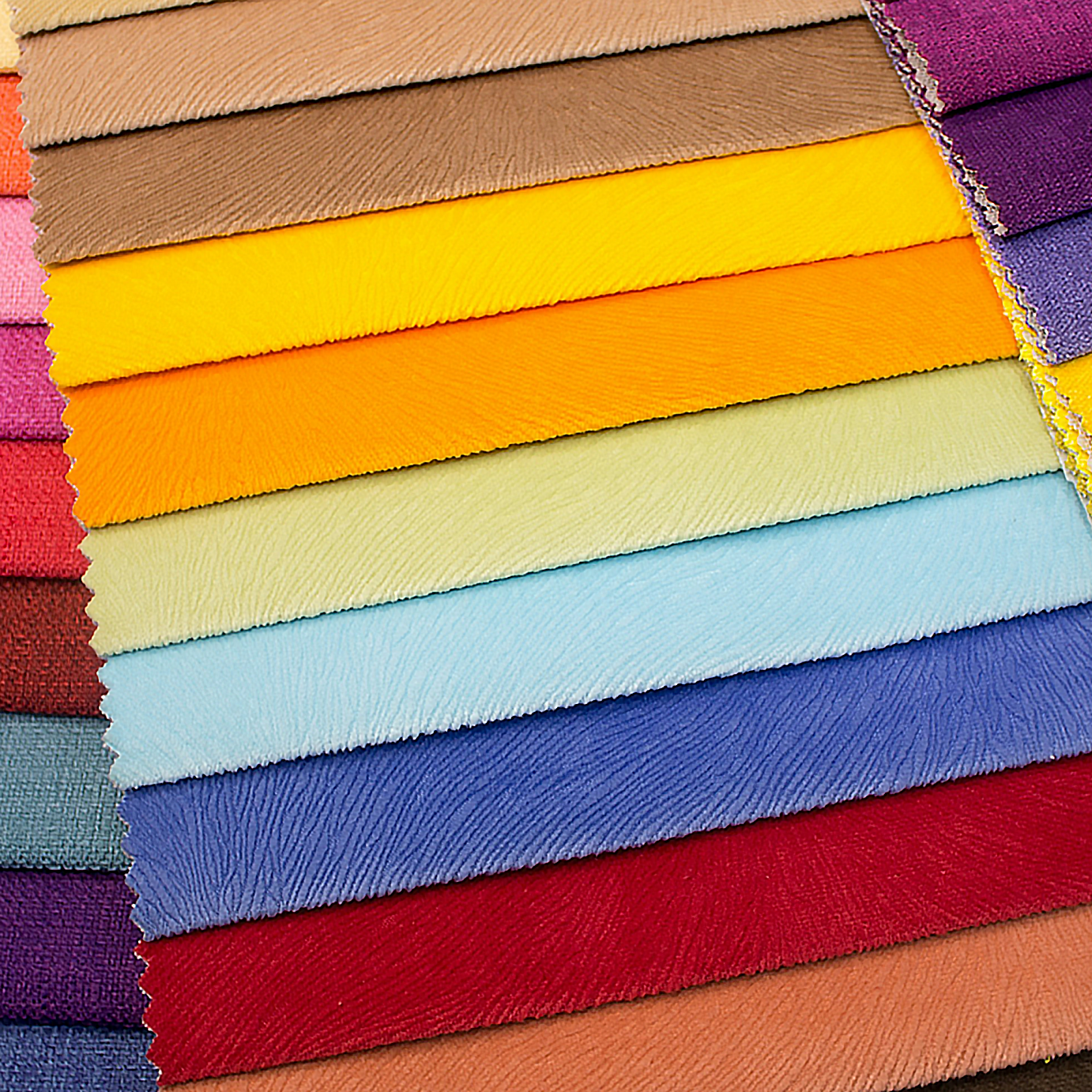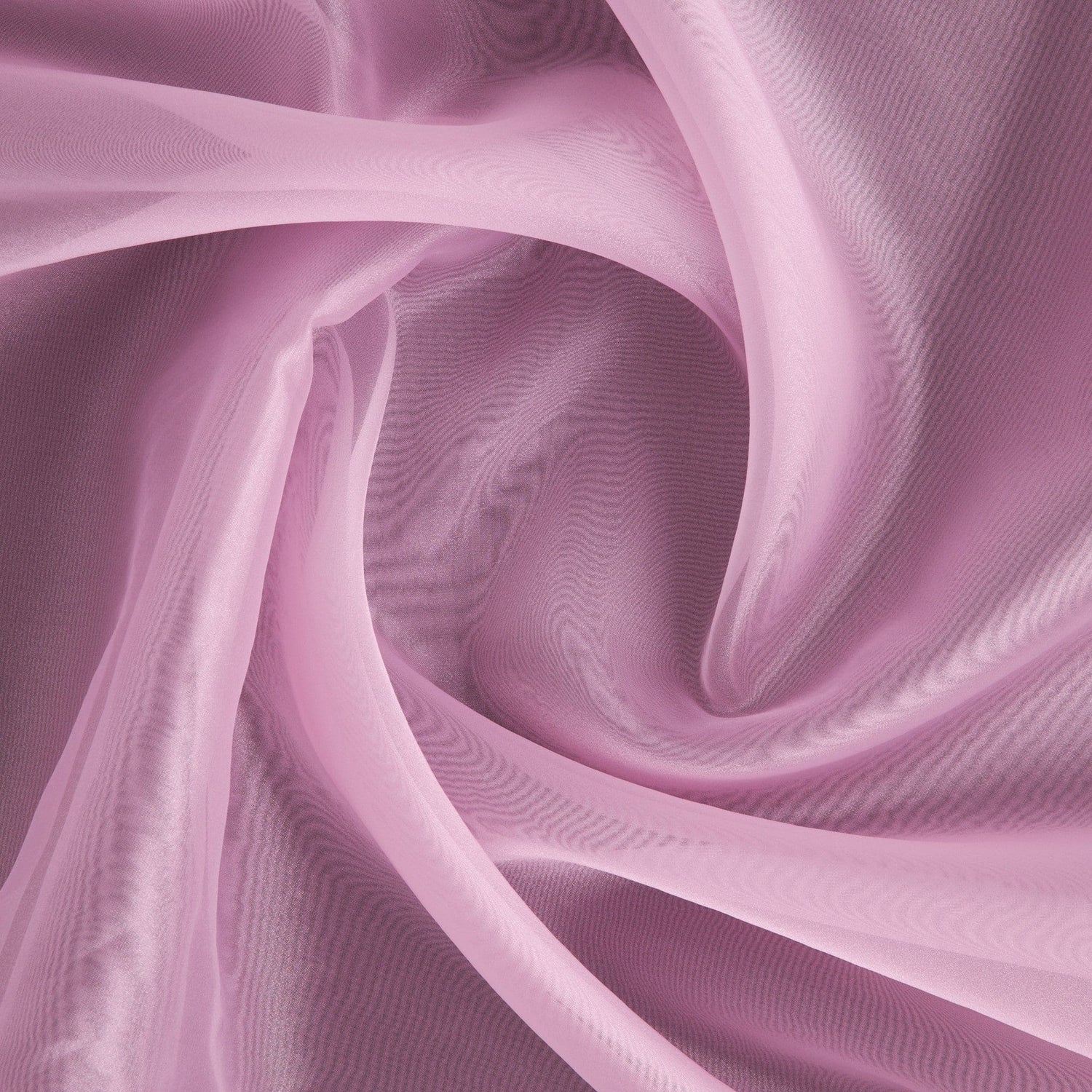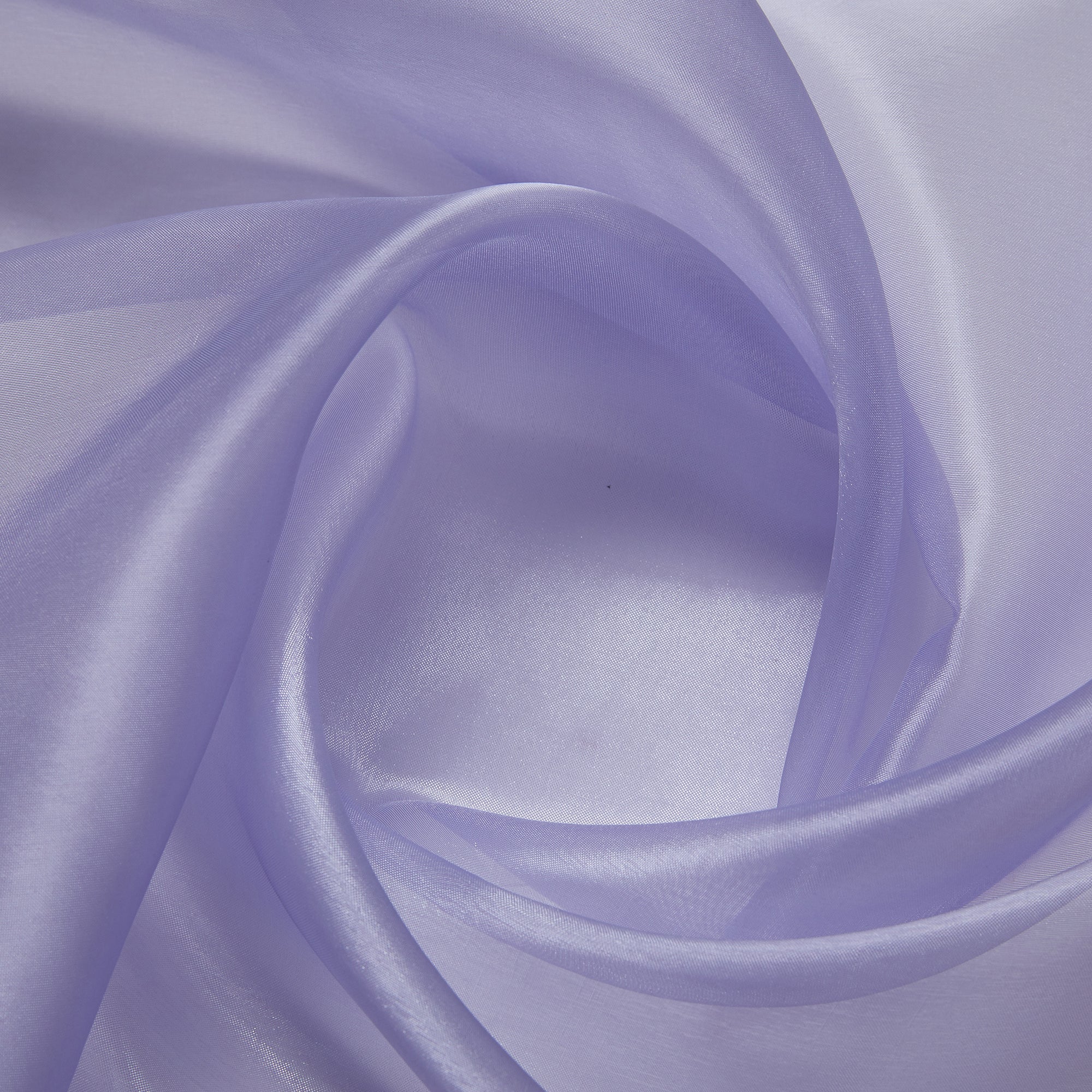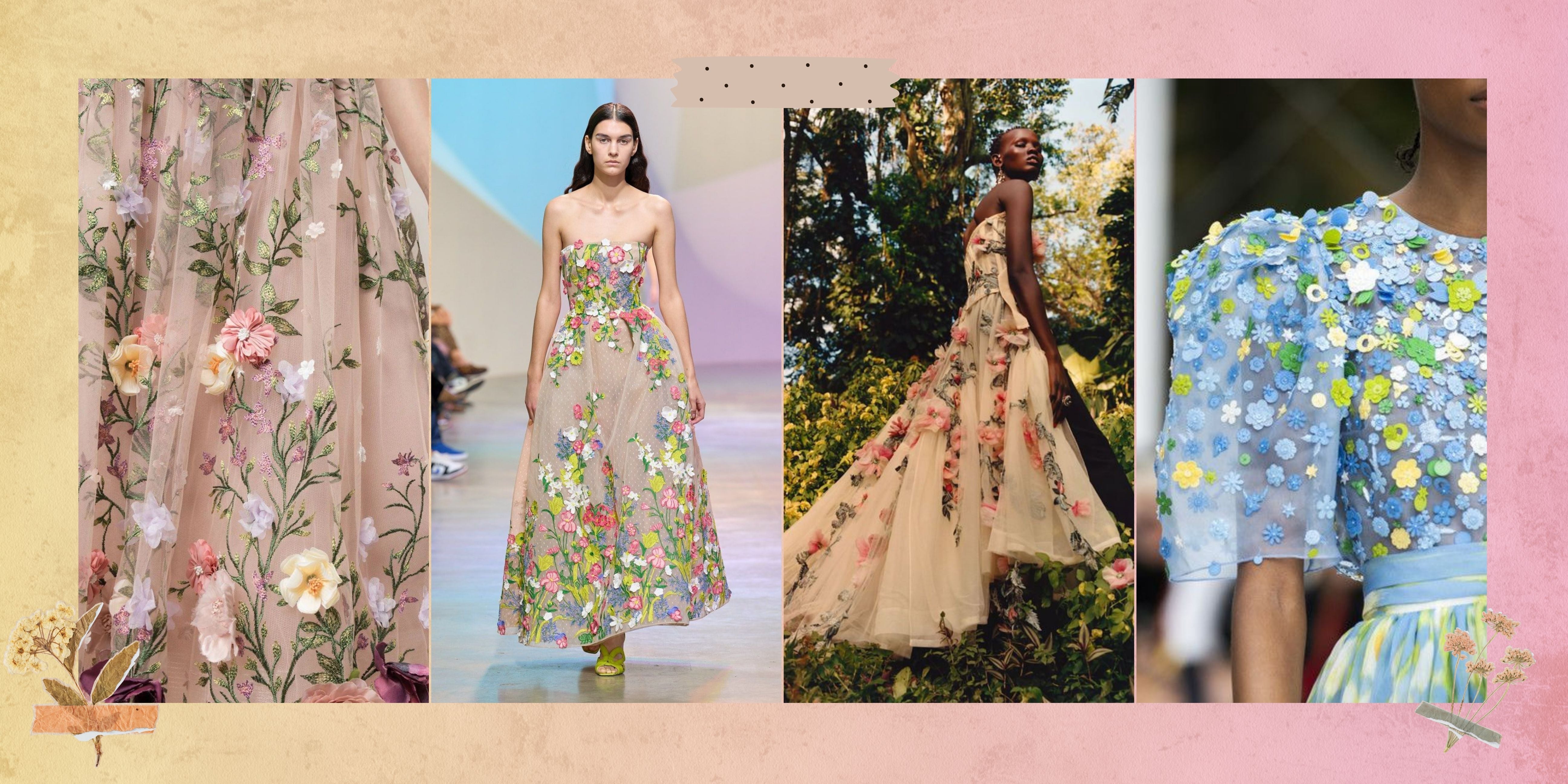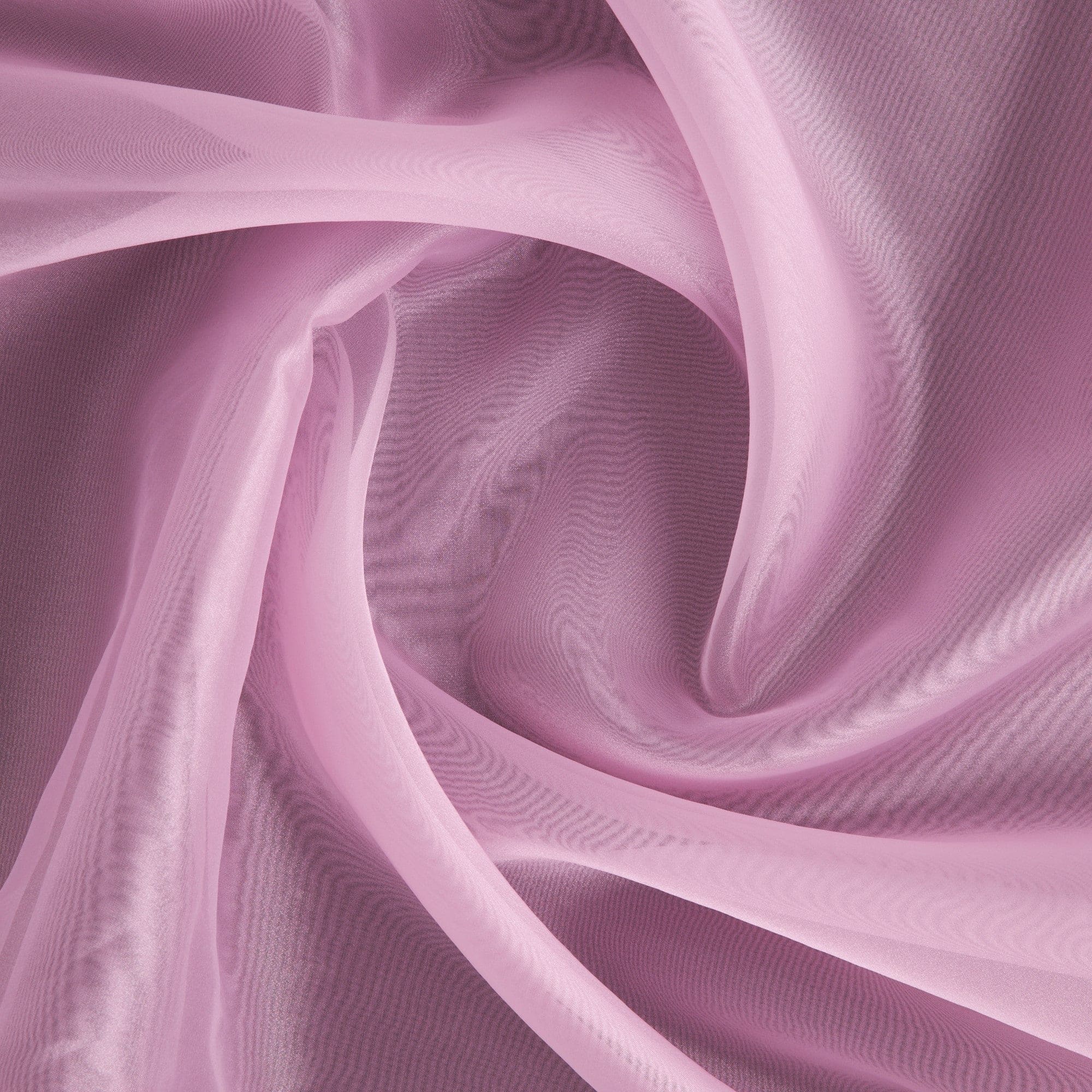
Organza is a popular fabric due to its lightweight and sheer qualities, as well as its crisp texture and shimmering appearance. It is woven at a low density, resulting in a translucent textile that is relatively delicate. Organza's breathability and transparency make it an ideal choice for creating layered garments over thicker fabrics. Additionally, it is sometimes used in the production of various household textiles. From floral organza fabric to metallic organza, there are several options, each with unique features.
Traditionally, organza was made only from silk, but the emergence of synthetic materials like polyester and nylon has expanded its possible bases. Because of its delicate nature, washing this fabric in a machine is not advisable. Hand washing is recommended, and many individuals opt for dry cleaning to preserve its quality.
Where does organza fabric come from?
Organza fabric has a long history that can be traced back to the medieval period. The fabric was originally made by twisting silk to make royal-religious garments. However, as the demand for organza grew, people began producing it using other materials, such as polyester and nylon.
Today, organza is produced in a variety of countries around the world, including Italy, India, China, and Turkmenistan. Each country has its own unique techniques and styles for producing organza, which can result in varying texture, weight, and appearance.
In China, for example, this fabric is often made using silk and is characterized by its fine texture and high level of shine. Indian organza, on the other hand, is often made using cotton and is known for its softness and drape.
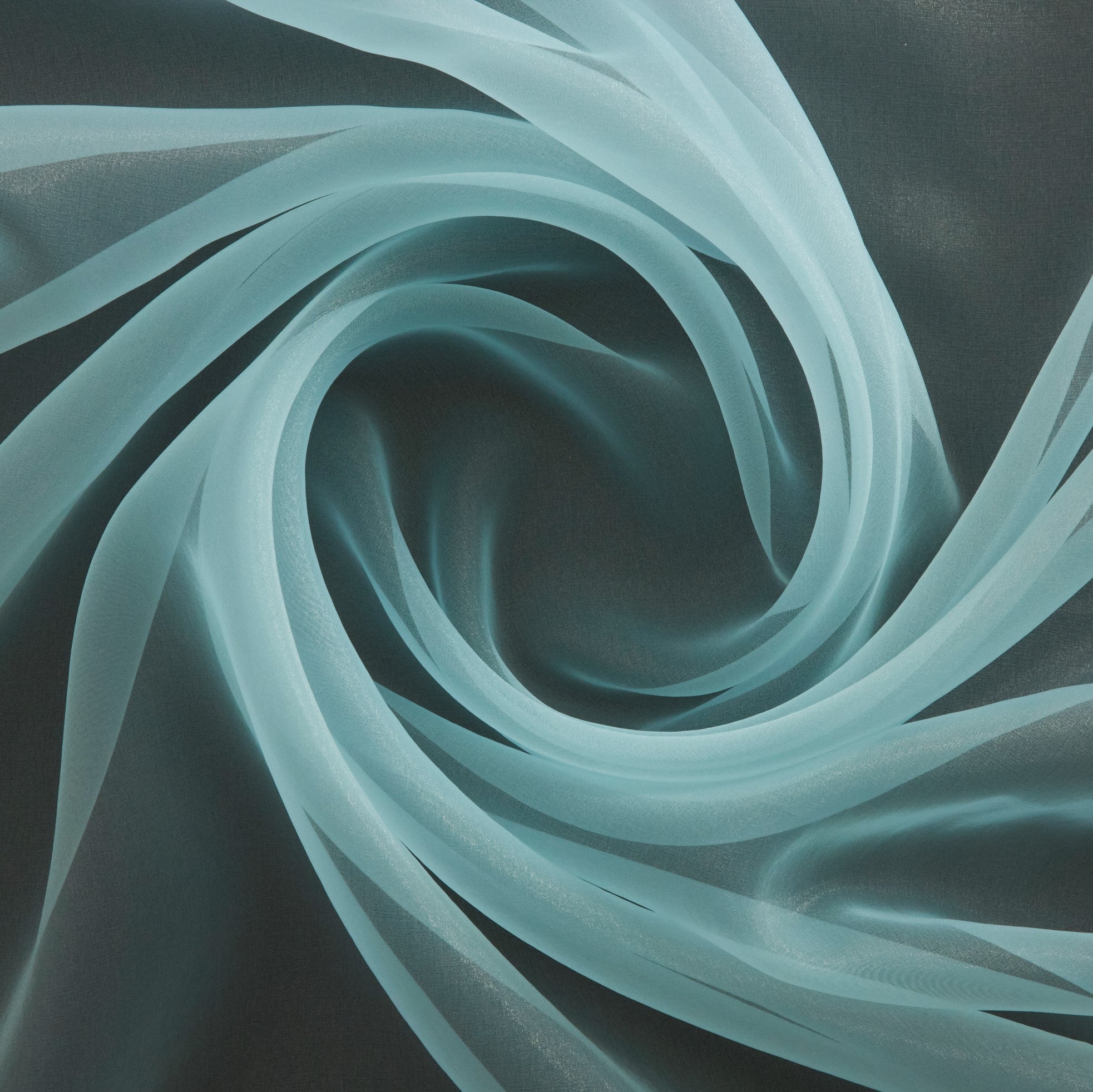
How organza fabric is made
Organza fabric is made by first spinning the fibers into yarn. The yarn is then woven using a plain weave technique, which involves interlacing the warp and weft threads in a simple over-and-under pattern.
The weaving process results in a sheer and airy fabric that is lightweight and translucent. However, the fabric can also be quite flimsy and prone to wrinkling, which is why it is often finished with additional treatments to give it more structure and body.
One finishing technique that is commonly used with organza is heat setting. Heat setting involves applying heat and pressure to the fabric, which causes the fibers to bond together and creates a more rigid and structured material. Heat setting can be done using a variety of methods, including ironing, steaming, or using a heat press.
Another finishing technique that can be used with organza fabric is sizing. Sizing involves applying a solution to the fabric that stiffens the fibers and gives them more body. Sizing can be done using a range of materials, including starch, gelatin, or synthetic sizing agents.
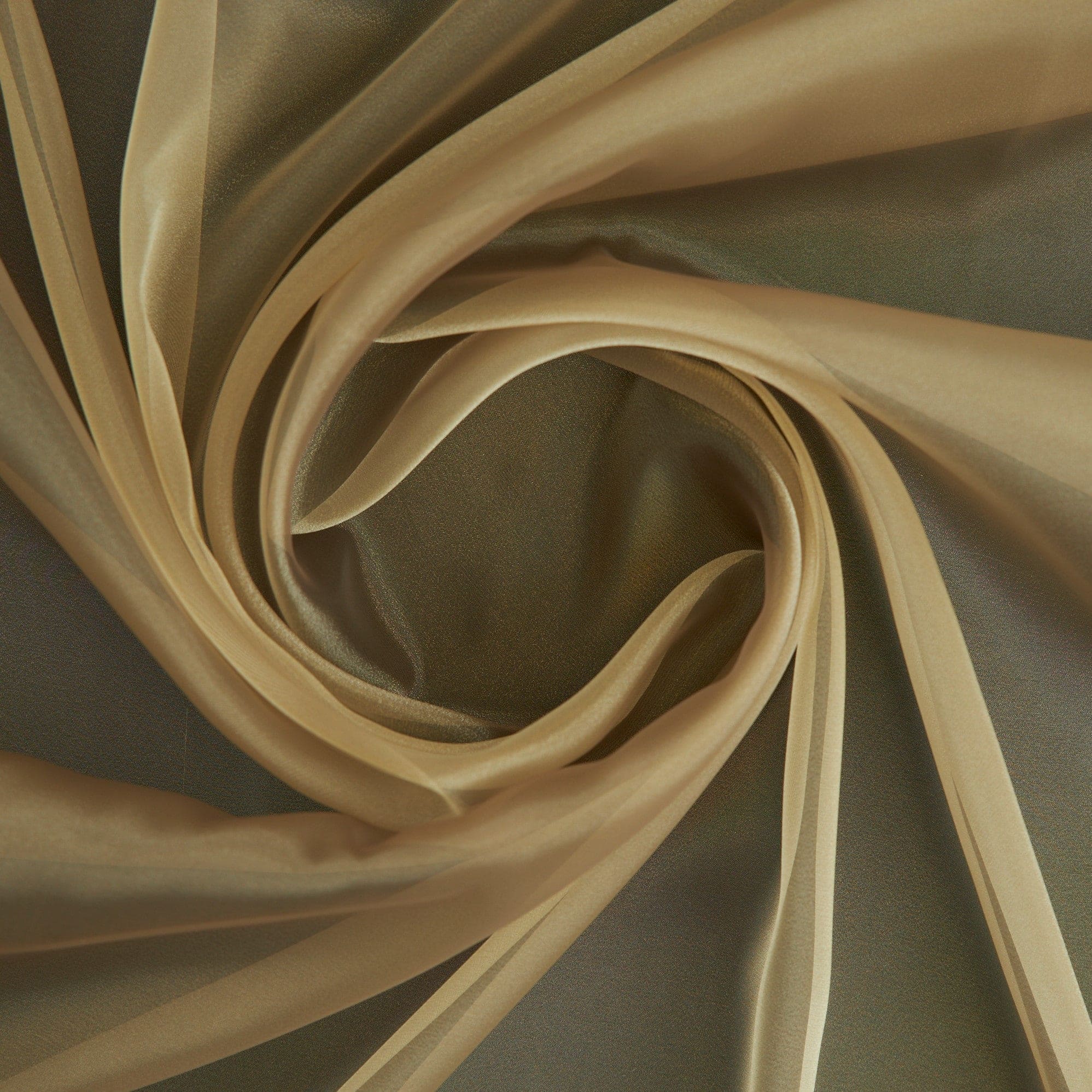
The Properties of Organza Fabric
- Lightweight: Organza fabric is relatively lightweight, which makes it a comfortable material to wear. It drapes beautifully and adds a subtle elegance to any outfit.
- Breathable: The open weave structure of this fabric allows air to pass through it easily, making it highly breathable. It is an ideal choice for creating garments that need to be worn in warm weather conditions.
- Stiffness: Organza has a natural stiffness to it, which makes it an excellent choice for creating structured garments. It can be used to add volume to skirts, sleeves, and other areas of a garment.
- Shiny: The surface of this fabric has a subtle sheen that gives it a lustrous appearance. This quality makes it ideal for creating evening wear and other formal attire.
- Durable: Despite its delicate appearance, organza is a durable material that can withstand wear and tear. It is resistant to wrinkling and has a long lifespan if cared for properly.
- Versatile: This fabric is quite versatile and can be used to create a wide range of projects, from bridal gowns, to curtains and tablecloths.
Cost of Organza Fabric
The cost of organza fabric can vary depending on a variety of factors such as quality, type, width, and the quantity purchased. The price ranges from $2 to $15 per yard, with higher-end fabrics costing more.
It should be noted, however, that cost can vary widely depending on the supplier you purchase the fabric from. Additionally, if you are purchasing organza wholesale or in bulk, you may be able to negotiate a lower price per yard. It's always a good idea to do your research and shop around to find the best deals on any fabric.
Whether you're looking to create a stunning wedding gown or add a touch of elegance to your home decor, organza fabric is a versatile material that can deliver exceptional results. From its origins in silk to its more modern forms in synthetic materials, this fabric continues to captivate designers and consumers alike with its natural beauty and timeless appeal.

